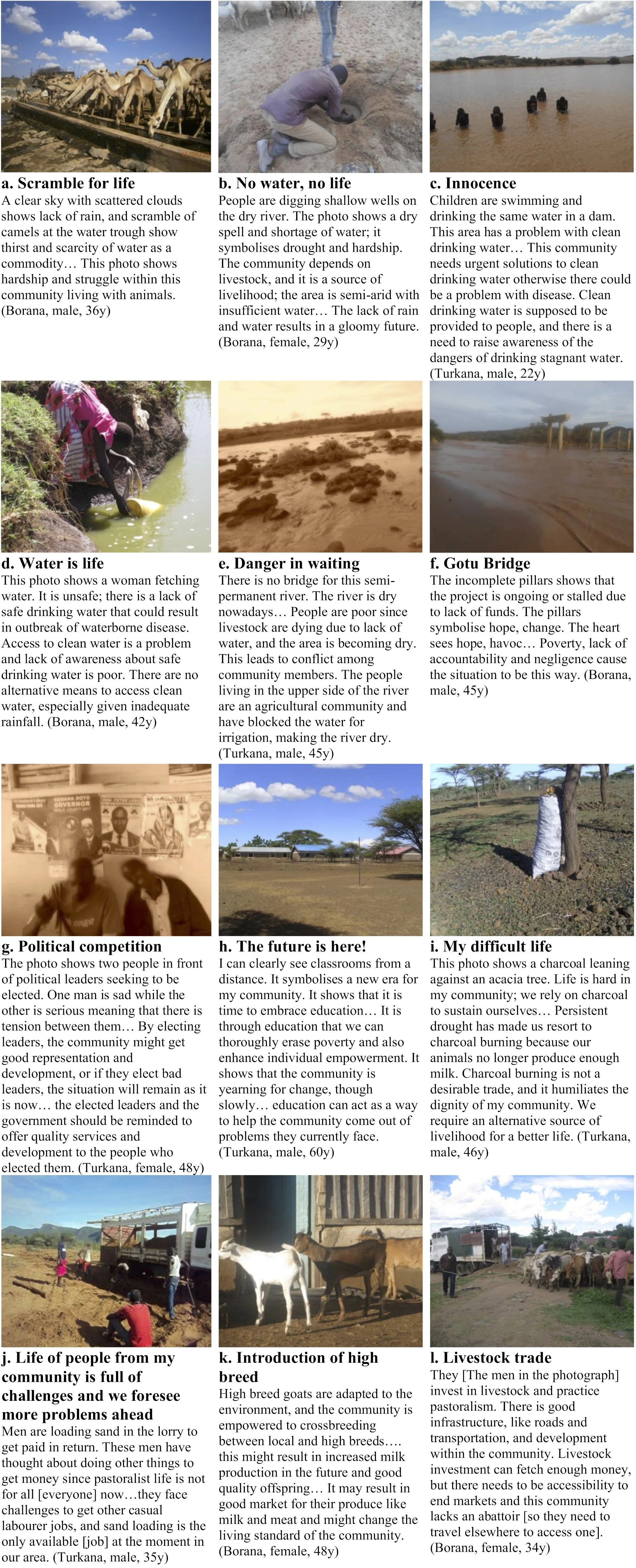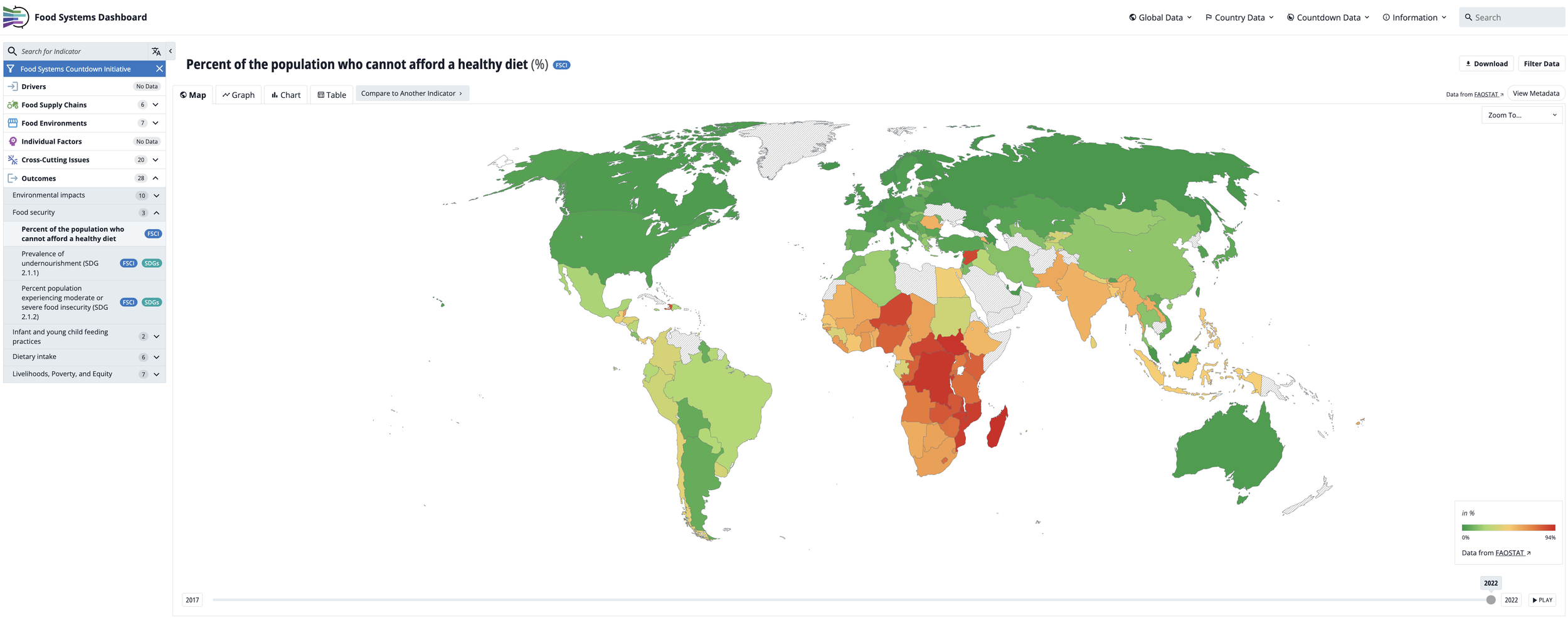The most distinctive advance of EAT-Lancet 2.0 is its centering of justice—largely absent in the first report. Food systems are not just failing the planet; they are failing billions of people. Nearly half the world cannot afford a healthy diet. Food system workers often face low wages, unsafe conditions, and little representation, while marginalized groups—women, children, Indigenous peoples, and low-income communities—bear disproportionate burdens.
The Commission defines a just food system as one that ensures: equitable access to affordable, healthy diets; supportive food environments; the right to a clean environment and stable climate; decent work with fair wages and safe conditions; and genuine representation in decision-making. Healthy diets, it concludes, are both a human right and a shared responsibility.
Eight Pathways for Change
The report outlines priority solutions to transform food systems by 2050. These include reshaping food environments so healthy diets are affordable and accessible, while protecting traditional diets that already support planetary health. On the production side, scaling up sustainable agriculture and aquaculture practices, halting deforestation, and restoring degraded ecosystems are essential. Equally critical is halving food loss and waste from farm to household.
The Commission also underscores the importance of social protection schemes: living wages and decent work for food system laborers, inclusive governance, and targeted support to marginalized groups. Together, these actions represent a roadmap for healthier diets, fairer societies, and a safer planet.
The Economics of Action vs. Inaction
Transforming food systems requires investment, but the cost of inaction is far greater. Food systems generate about $15 trillion annually, yet impose $12 trillion in hidden health and environmental costs. Redirecting subsidies from harmful practices—such as fertilizer overuse or overproduction of unhealthy foods—towards regenerative agriculture and nutritious diets could rapidly shift the balance toward net benefits. The Commission emphasizes that realigning financial incentives, backed by international cooperation, is essential to accelerate change.
Why This Report Matters
EAT-Lancet 2.0 is more than another scientific assessment—it is a blueprint for survival. It sets quantitative guardrails for diets and production, integrates justice into sustainability, and demonstrates that systemic transformation is both necessary and achievable. Humanity already produces enough calories to feed everyone, yet billions go hungry while others overconsume in ways that destabilize the planet. The Commission underscores that food is both a major driver of today’s crises and one of the most powerful levers for hope.
Conclusion: A Shared Responsibility
The Commission makes clear that healthy diets are a fundamental right and collective duty. Achieving them will require systemic transformation in how we produce, consume, govern, and value food. By mid-century, that means halting deforestation, halving food waste, scaling sustainable agriculture and aquaculture practices, and ensuring just labor systems.
The evidence shows this shift is possible and that the benefits—healthier lives, more resilient ecosystems, and fairer societies—will far outweigh the costs. The choice is stark: continue on the path of ecological overshoot, inequity, and ill health, or build food systems that nourish both people and planet. The EAT-Lancet 2.0 provides not just the science, but the moral imperative, to make bold changes.






